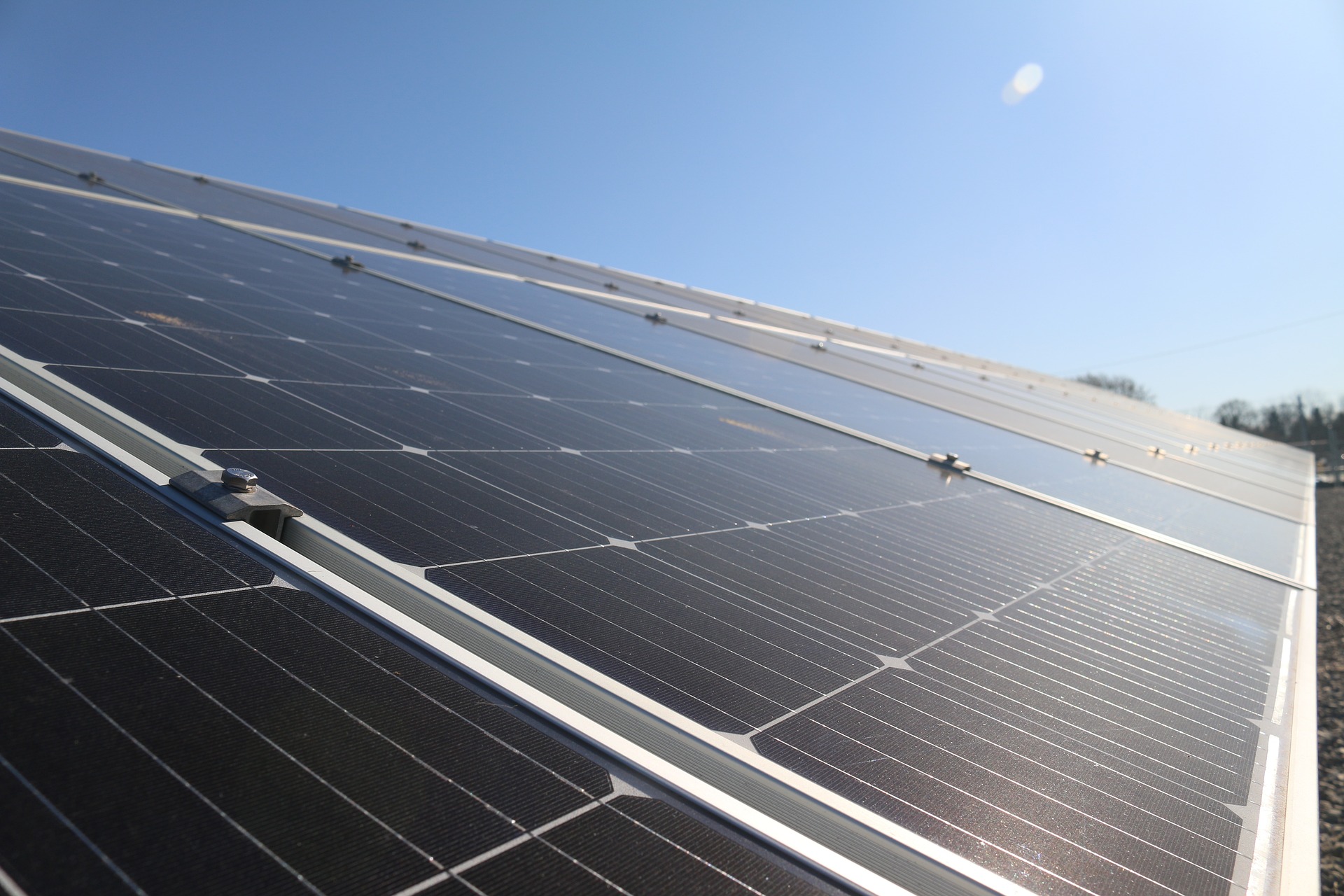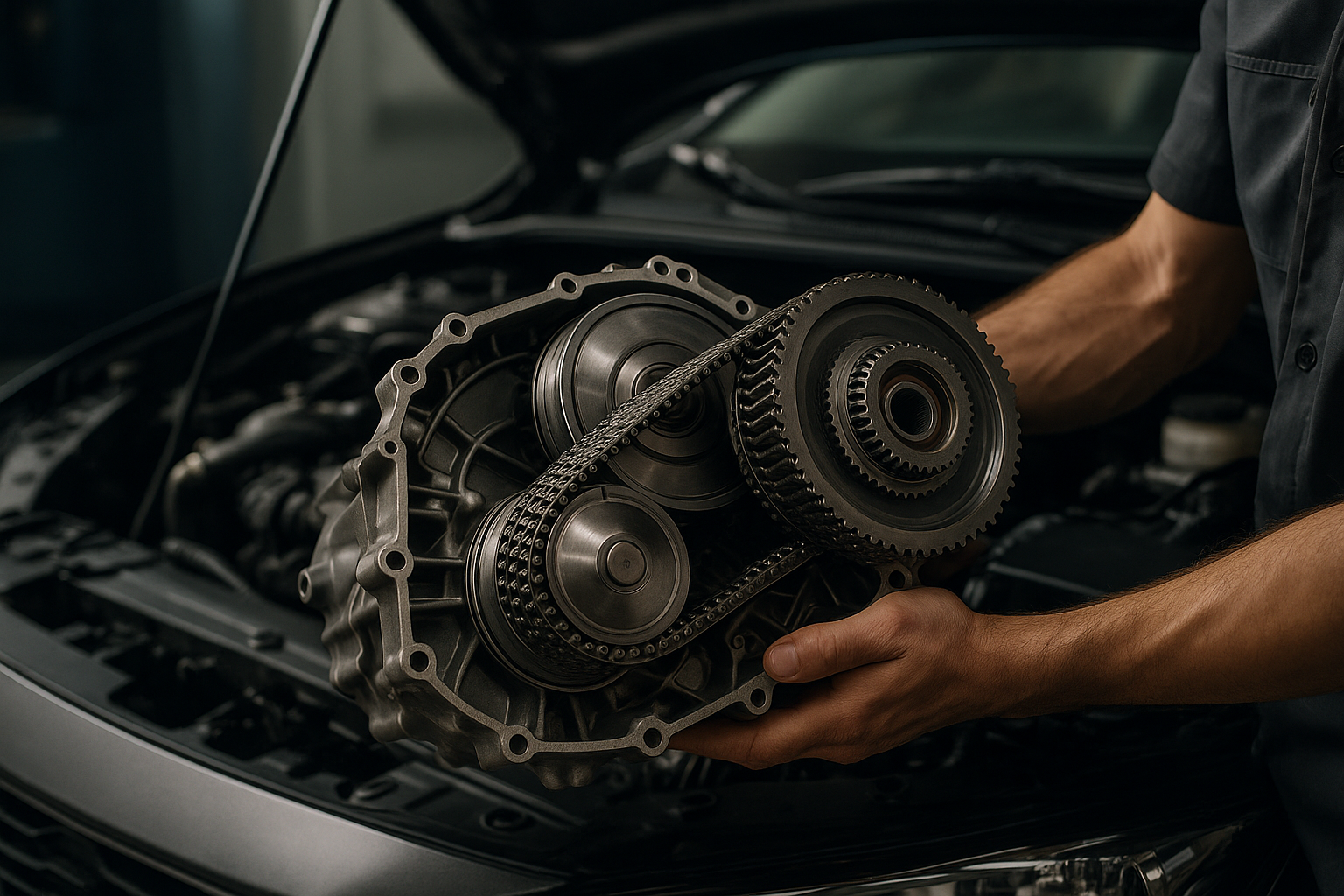How to Choose the Right Solar Water Pump for Your Irrigation Needs
Solar water pumps offer sustainable irrigation solutions for farms, gardens, and remote locations. Understanding pump types, flow requirements, and system components helps ensure optimal performance for your specific agricultural needs. This comprehensive guide covers essential factors for selecting the most suitable solar-powered irrigation system.
Selecting an appropriate solar water pump requires careful evaluation of your irrigation requirements, local conditions, and available technology options. Modern solar pumping systems provide reliable water delivery while reducing operational costs and environmental impact. Understanding key specifications and system components ensures long-term irrigation success.
Types of Solar Water Pumps Available
Solar water pumps fall into three main categories: surface pumps, submersible pumps, and floating pumps. Surface pumps work best for shallow water sources up to 20 feet deep, making them ideal for ponds, streams, or storage tanks. Submersible pumps handle deeper wells and boreholes, operating efficiently at depths exceeding 100 feet. Floating pumps provide versatile solutions for irrigation from rivers, lakes, or large water bodies where installation flexibility matters most.
Centrifugal and positive displacement represent the two primary pump mechanisms. Centrifugal pumps excel at moving large water volumes at lower pressures, perfect for flood irrigation or filling storage tanks. Positive displacement pumps generate higher pressures with smaller volumes, making them suitable for drip irrigation systems or overcoming significant elevation changes.
How to Assess Your Irrigation Needs
Calculating daily water requirements forms the foundation of pump selection. Consider crop types, growth stages, soil conditions, and climate factors when determining volume needs. Most vegetables require 1-2 inches of water weekly, while fruit trees may need 3-4 inches during peak growing seasons. Factor in system efficiency losses, typically 10-20% for well-designed irrigation networks.
Evaluate your water source characteristics including depth, static water level, and recovery rate. Test water quality for pH, mineral content, and suspended particles that might affect pump performance. Measure the total dynamic head, which includes vertical lift, horizontal distance, and pressure requirements for your irrigation method.
Consider seasonal variations in water availability and solar radiation. Spring and fall months often provide adequate sunlight but may require different pumping schedules than peak summer conditions. Plan for battery backup or alternative water sources during extended cloudy periods.
Key Benefits of Solar Water Pumps
Solar pumps eliminate ongoing fuel costs and reduce maintenance requirements compared to diesel or gasoline alternatives. Most systems operate for 15-20 years with minimal servicing, requiring only periodic cleaning and component inspection. Remote locations benefit significantly from solar technology, avoiding expensive grid connections or fuel transportation.
Environmental advantages include zero emissions during operation and reduced noise pollution. Solar systems integrate well with sustainable farming practices and organic certification requirements. Many regions offer incentives, rebates, or tax credits for renewable energy installations, improving project economics.
Operational flexibility allows pumping during peak sunlight hours when evaporation rates are highest and irrigation timing is most effective. Modern controllers provide automatic operation, protecting pumps from dry-run conditions and optimizing energy usage throughout the day.
| System Type | Flow Rate (GPM) | Head Capacity (ft) | Price Range |
|---|---|---|---|
| Small Surface Pump | 5-20 | 50-100 | $800-$2,500 |
| Medium Submersible | 10-40 | 100-300 | $2,000-$6,000 |
| Large Agricultural System | 25-100 | 200-500 | $5,000-$15,000 |
| Commercial Installation | 50-200+ | 300-800 | $10,000-$30,000+ |
Prices, rates, or cost estimates mentioned in this article are based on the latest available information but may change over time. Independent research is advised before making financial decisions.
System Components and Installation Considerations
Complete solar pumping systems include photovoltaic panels, pump controllers, motors, and mounting hardware. Panel sizing depends on pump power requirements and local solar irradiance levels. Most installations require 20-50% more panel capacity than pump rating to account for efficiency losses and varying sun conditions.
Controllers protect motors from voltage fluctuations and provide maximum power point tracking for optimal energy harvest. Advanced controllers offer remote monitoring, automatic scheduling, and integration with weather stations or soil moisture sensors.
Installation factors include panel orientation, shading analysis, and electrical connections. South-facing panels tilted at local latitude angles typically provide optimal year-round performance. Consider seasonal adjustments or tracking systems for maximum energy capture in critical irrigation periods.
Maintenance and Performance Optimization
Regular maintenance ensures reliable operation and extends system lifespan. Clean solar panels monthly or after dust storms to maintain peak efficiency. Inspect electrical connections, mounting hardware, and pump components according to manufacturer schedules.
Monitor system performance through flow meters, pressure gauges, and energy production data. Declining performance may indicate component wear, water level changes, or electrical issues requiring professional attention. Keep spare fuses, controllers, and basic repair parts on-site for quick troubleshooting.
Seasonal adjustments optimize performance as sun angles and weather patterns change. Adjust panel tilt angles twice yearly and modify pumping schedules based on crop requirements and daylight availability.
Choosing the right solar water pump involves balancing technical requirements with budget constraints and long-term operational goals. Proper system sizing, quality components, and professional installation ensure reliable irrigation performance while maximizing return on investment. Solar technology continues advancing, offering increasingly efficient and cost-effective solutions for sustainable agriculture.





